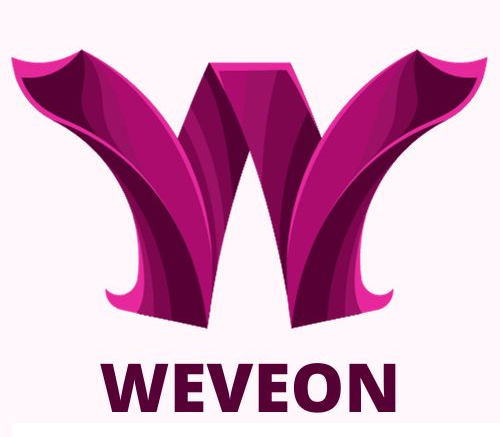From Silicon Valley to Shenzhen: A Comparative Analysis of Tech Innovation Hubs
In the global arena of technological innovation, Silicon Valley in the United States and Shenzhen in China stand out as two colossal hubs, each driving the future of tech in unique and impactful ways. While Silicon Valley is synonymous with startups, venture capitalism, and the birthplace of giants like Apple, Google, and Facebook, Shenzhen has emerged as a powerhouse in manufacturing, hardware development, and as a crucible for China’s tech ambitions with companies like Huawei and Tencent leading the charge. This blog post delves into a comparative analysis of these two dynamic ecosystems, exploring their paths to prominence, cultural differences, and how they shape global technology trends.
Historical Context and Evolution
Silicon Valley’s roots in tech innovation trace back to the 1930s, with the establishment of Stanford University as a critical player in its technological ecosystem. The term “Silicon Valley” itself originated in the 1970s, reflecting the region’s dense concentration of silicon chip innovators and manufacturers. It has since evolved to become the global epicenter of software, internet, and social media advancements.
Shenzhen, on the other hand, was a small fishing village until the late 20th century. Its transformation began in 1980 when it was designated China’s first Special Economic Zone (SEZ), kickstarting rapid economic development and urbanization. Shenzhen’s growth into a tech hub has been meteoric, driven by favorable government policies, investment in research and development, and its pivotal role in global manufacturing and supply chains.
Innovation and Entrepreneurship
Silicon Valley is renowned for its culture of innovation and entrepreneurship. It’s a place where risk-taking is encouraged, failure is considered a stepping stone to success, and creative thinking is in the air. The ecosystem thrives on a virtuous cycle of talent, capital, and ideas, fueled by world-class universities, abundant venture capital, and a competitive yet collaborative environment that attracts innovators from around the globe.
Shenzhen excels in rapid prototyping, hardware development, and manufacturing. It’s often dubbed the “Silicon Valley of Hardware” for its ability to turn ideas into products at an unparalleled speed. Shenzhen’s innovation is characterized by a “Shanzhai” culture – a term originally denoting imitation and piracy but now associated with open innovation, flexibility, and a fast-paced approach to product development. This ethos, combined with the city’s vast electronics markets and manufacturing prowess, has made it a global hub for hardware startups.
Business Culture and Ecosystem
The Silicon Valley business culture is defined by openness, a flat hierarchy, and a focus on disruptive innovation. Networking and knowledge sharing are considered vital, with numerous meetups, conferences, and informal gatherings fostering collaboration and the exchange of ideas. This culture is supported by a robust legal framework that protects intellectual property and encourages investment.
In contrast, Shenzhen’s business culture emphasizes speed, efficiency, and adaptability. The city’s success is partly due to its unique ecosystem that integrates R&D, supply chains, and manufacturing within a geographically compact area, enabling businesses to develop products at a breakneck pace. Government policies in Shenzhen and China at large also play a crucial role in shaping the business environment, with significant investments in infrastructure and a focus on attracting foreign expertise and investment.
Impact on Global Technology Trends
Both Silicon Valley and Shenzhen have an undeniable impact on global technology trends, though their contributions differ in nature. Silicon Valley continues to lead in software innovation, shaping the digital landscape with breakthroughs in AI, machine learning, social media, and the gig economy. Its companies set trends that affect billions of users worldwide, influencing everything from how we communicate to how we work and entertain ourselves.
Shenzhen, meanwhile, is transforming the hardware and manufacturing landscape. It’s at the forefront of telecommunications, electric vehicles, drones, and consumer electronics. The city’s ability to rapidly produce and iterate on new technologies has not only made it an essential node in the global supply chain but also a hotbed for innovation in product design and manufacturing processes.
Challenges and Future Directions
Both hubs face challenges that could shape their future trajectories. Silicon Valley grapples with issues like soaring living costs, income inequality, and concerns over data privacy and the ethical implications of AI. There’s also increasing scrutiny over the monopolistic tendencies of its tech giants.
Shenzhen faces challenges of its own, including the need to move up the value chain to more innovation-driven development, intellectual property rights protection, and navigating the complexities of international trade tensions.
Looking ahead, both Silicon Valley and Shenzhen are poised to continue their leadership in tech innovation but must adapt to changing global dynamics and internal pressures. Silicon Valley’s quest for the next big thing in digital technology keeps it at the cutting edge of software and services, while Shenzhen’s unmatched manufacturing capabilities and growing focus on R&D herald a new era of hardware innovation.
Silicon Valley and Shenzhen represent two facets of the tech world’s spirit and capabilities. While they originate from different historical contexts and cultural backgrounds, their contributions to global technology are immense and complementary. As they evolve amidst a rapidly changing global landscape, their ongoing transformation offers valuable insights into the future of innovation, the interplay between software and hardware, and the global tech industry’s direction. Together, these hubs not only drive technological progress but also shape the way we envision the future of humanity’s interaction with technology.







